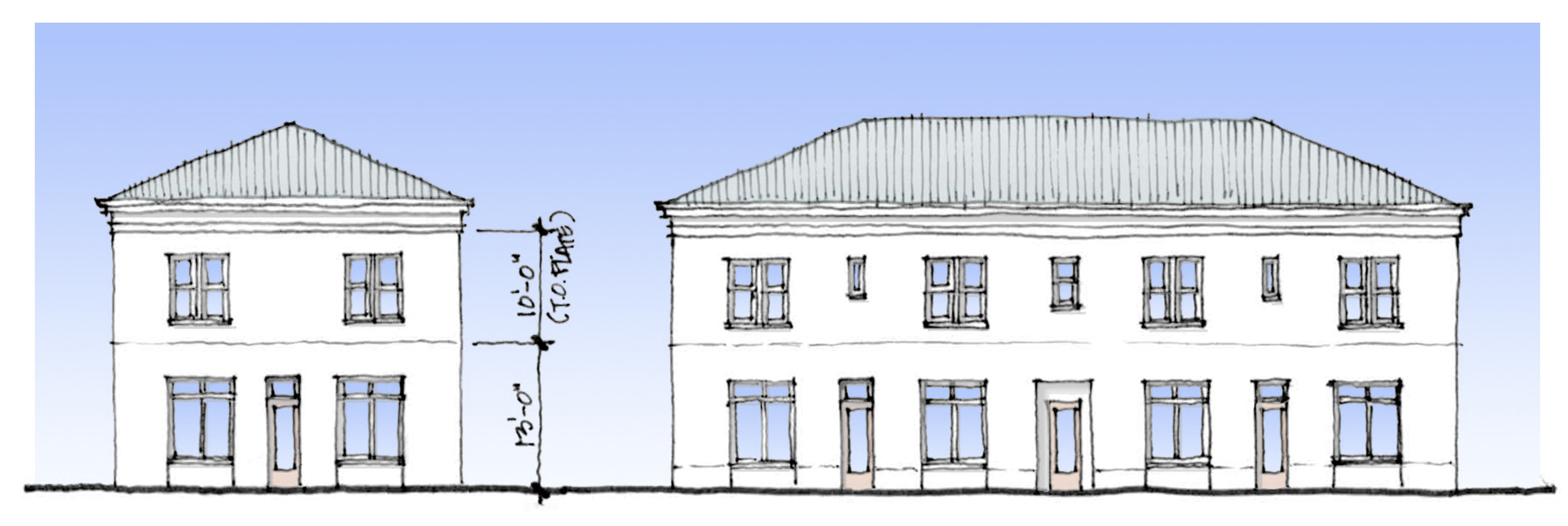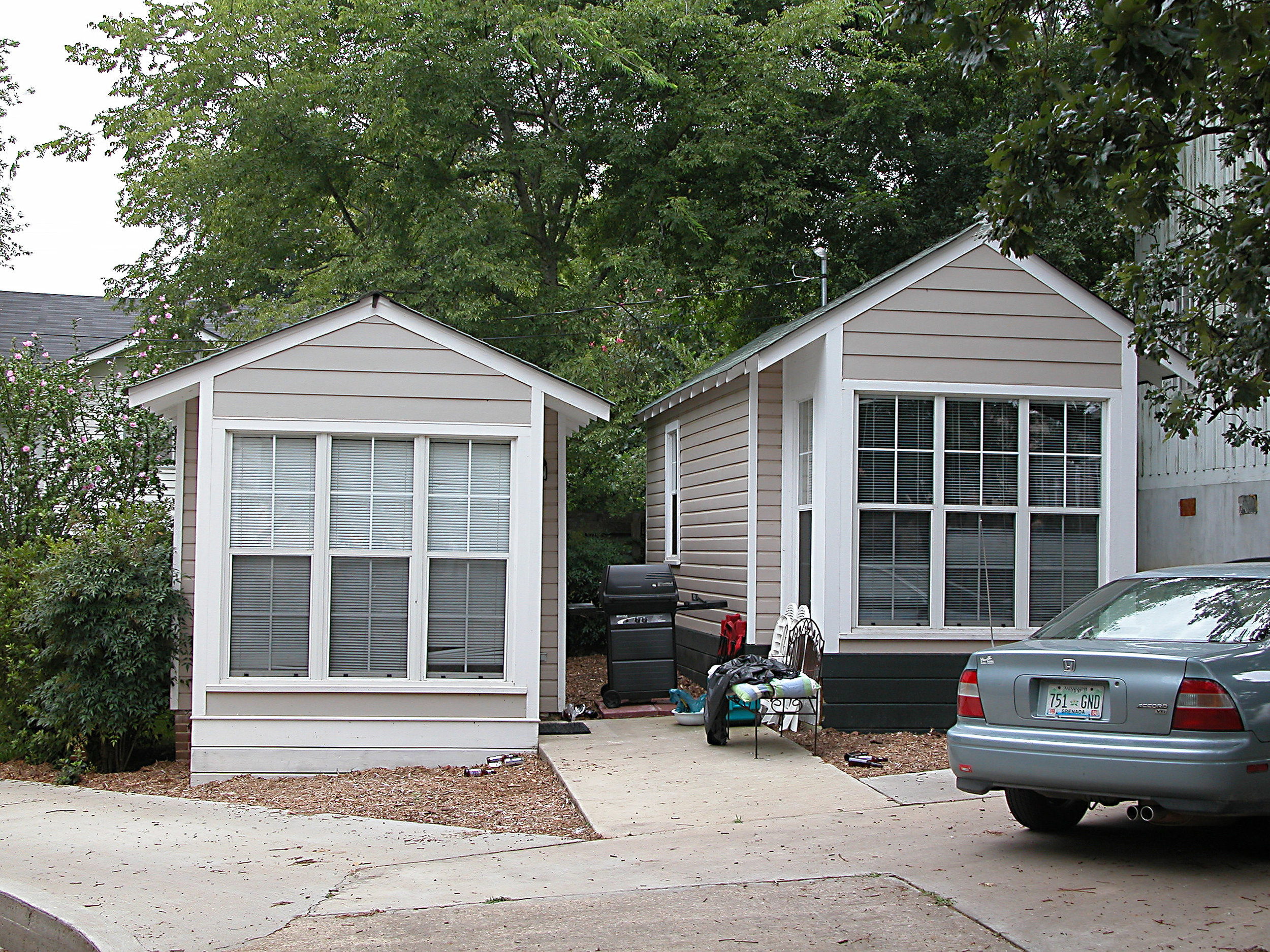- Conventional 75% Loan To Cost (LTC) construction loan guaranteed by an investor who puts up $150,000 in equity (and has second position on the land and building after the bank's typical lien position).
- The rookie developer runs the project and earns a fee,( included in the $600K project cost) to support themselves for 8-12 months while the project is under construction.
- Borrower has 2 years of employment with stable or rising income.
- 3.5% down payment (which can be gifted funds).
- Reserves of 3 months PITI.
- Credit Score minimum 580 (640 is more the real world score for local bank underwriting with the FHA insurance).
- PITI cannot exceed 30% of borrower's gross income which includes 75% of the gross rent on the other three residential units.
- One of the four-plex units must be occupied by the borrower as their primary residence for at least 12 months.
- A maximum of 49% of the building floor area can be non-residential use. Appraiser will verify the non-residential use complies with local zoning.

The Cotton District in Starkville, Mississippi has put up a greatly improved website. Definately worth a look.
http://www.cottondistrictms.com/
I have heard many of Dan Camp's stories over the years (many of them several times). The advice he gives to young developers is to start small, never sell anything, don't be afraid of debt, and don't have any partners. That last bit may be a bit of projection, as Dan is a larger than life character some days and I cannot imagine that he wants anyone telling him what to do.
Dan has built something amazing in a part of Starkville that nobody influential cared about. That's a good model. If you want greater autonomy when you build, it's a good idea to pick your neighbors and work in a way that makes their lives noticeably better. Dan warns against quitting your day job before you have enough cash flow from your rental units. He ended up building houses for other people for several years. Something he did not enjoy. He sorta spits the word "clients" when he says "I wasn't much good with clients".An alternative to Dan's prescription would be taking on partners so that you can quit your day job and develop your projects full time.
He recommends against building and selling in a place you care about. The Planter's Row section of the Cotton District was a for sale section of the neighborhood that still bothers him. People bought the great little sideyard houses and creole cottages to house their kids while they attended Mississippi State. When the kids graduated, the parents became accidental landlords in a college town and have not done very well by the neighborhood.
There are a lot of valuable lessons in the Cotton District. A staggering range of small buildings, some very clever solutions to the crappy local soil conditions, small restaurants with common restrooms and big outdoor seating areas. It is easy to spend a day looking at all the pieces and talking with Dan about how to make the pieces work together. Small pieces assembled over time with real care and attention. Make a mistake, it's a small one and the fix can be pretty immediate.




